
Mike is the author of “Leadership in Balance and Management in Balance,” the founder of Crispian Consulting, and a retired Army officer. Mike shares his thoughts on balance and equilibrium, and what that means for management versus leadership. Contained in this episode is essential advice for newly-minted leaders, and a discussion on learning tools. At the end of the episode is a great “both/and” challenge!
Key Takeaways
[3:05] Mike played rugby as a Military Academy cadet. He had a lot of fun with his teammates. Rugby helped him develop into the person he is.
[4:05] Jim met Mike as a keynote speaker, speaking about balance and being a fulcrum. Jim took a lot of notes. Mike defines balance for leaders and managers. It’s not things being equal, it’s the equilibrium of a work/life balance. Mike talks about managers spending up to 80 hours a week at work. That doesn’t leave equal hours to spend with your family. When you’re home, give them your undivided attention.
[6:23] Mike teaches “both/and” as an alternative to the “either/or” way of looking at problems. The vast majority of things in life are not dilemmas where you must make one or the other choice. Most questions involve equilibrium or equipoise. Apply the right amount of each choice to where it balances. Mike says to be the fulcrum. Be the point on which balance is achieved.
[7:49] Mike writes about four central domains in leadership: Communication, Adaptability, Focus, and Influence. You can find an equilibrium but the environment is constantly changing so your equilibrium will also change. Mike works with people to be ready for change. A key part of the model is situational awareness. What’s going on in the environment that’s different from your natural tendency?
[10:11] Mike admits there were times as an Army officer when he should have given more direct orders. Instead of telling people why something was important to do, he needed to tell them how to do it. He didn’t always recognize what the situation demanded of him so he couldn’t be the fulcrum.
[12:14] While doing the Audible version of his first book. Leadership in Balance, Mike realized that the four central domains have descriptive names. Communication is the Foundational Domain, upon which leadership is built. The other three domains rely on effective communication. Focus is the Purpose Domain. Adaptability is the Action Domain. Influence is the Mission Domain.
[14:27] Mike’s second book, Management in Balance, is out now. It covers four domains, Time, Material, Risk, and Change.
[15:08] Mike addresses the mindsets of abundance and scarcity. What is your attitude about an abundance of risk, versus a scarcity of risk, or an abundance of material, versus a scarcity of material? Mike quotes former Green Beret Kevin Owens: “The most innovative people I know are poor.” The conditions are the conditions, so we have to deal with the condition, whether abundance or scarcity.
[16:50] Are you seeing risks that are not there? Are you not seeing risks that are present and are you becoming reckless? The balance comes into play in that as a manager you have to deal with the current condition honestly and as it exists but you have to prepare yourself and your team for that shift that is going to come. Supply chain issues are examples of shifts. Adjust to conditions as they change.
[19:39] Using an Army metaphor, you need to position yourself where you can best influence the action. You might need to stand back a bit to have a wider view and receive news from outside organizations. Or you might go to the front lines to direct people who don’t know what to do. That’s one of the ultimate leadership calls. The same principle applies in a business context.
[20:29] Being the fulcrum is creating the ability for equilibrium by managing resources and assigning tasks. Mike says ultimately, time management is task management; how you prioritize and assign tasks. That’s the nexus of leadership and management. Position yourself as a leader/manager where you can do the most to create equilibrium in these areas. Be open to signals coming from the environment.
[21:33] Empowerment and subordinate development consist of pushing decisions down as far as you can send them. Stan McChrystal taught MIke to get the authority down to where decisions can be made most effectively. Mike notes that Ukraine is using that model now, based on U.S. assistance from 2014. Mike asks, are you doing it well, are you doing it right, and are you doing it in a way that makes sense?
[23:04] The fulcrum creates balance based on where it’s positioned along the lever. You, the leader/manager create balance by how you influence, position yourself, lead, and manage in these domains access your organization.
[24:28] Mike discusses newly promoted “player-coaches.” Both of Mike’s books are intended for new managers and also senior leaders who are responsible to promote new managers and leaders and he invites leaders to make these decisions thoughtfully and intentionally.
[26:07] The first thing anyone entering into a new position needs to decide is whether they want a job or a career. Get it wrong and you will be miserable to be on the wrong path. And senior management needs to be able to look at you and see if you have leadership potential and the desire for a career. Are you willing to make the physical, emotional, and mental sacrifices that leadership requires?
[29:20] Sometimes we get frustrating answers from asking the wrong questions. Sometimes our ego stands in the way of asking the better question because we don’t want to know the answer. Or we overlook that we might have been wrong previously. Surround yourself with smart people. Put together a smart team with at least one person who asks, “What are we missing? What is another possibility?”
[30:29] Always look for the third option. Don’t let decisions be either X or Not-X. Having one more option forces you to think more deeply about the problem and how that plays out as a solution. Most of us quickly make decisions based on experience. Step back and ask some other smart people what they’re seeing. Reframe the problem. Mike tells how he addressed an IED problem to improve mobility.
[34:03] Remember that everything you do as a team or an individual is a performance cycle. A performance cycle has four steps: Plan, Prepare, Execute, and Review. Don’t skip the Review step, especially if you succeed, because it will help you plan better for the next performance cycle.
[37:21] Mike’s next book focuses on management and leadership as a “both/and” proposition and will speak to executives. Mike discusses the risk to mission, the risk to people, and the risk to reputation. You have to know where those three types of risks are lurking. Manage to mitigate that risk to your people, your mission, and your reputation. Look for opportunities to find acceptable risk and grab market share.
[40:43] Mike wrote the second book to define management, setting the stage for his next book, covering leadership and management. New managers always ask Mike whether management or leadership is more important. The better question is, how are they different and when do you do each? The domains for the Management/Leadership equipoise are: What, How, When, and Why?
[42:45] Mike’s challenge for listeners: Find the “both/and.” When you think you’re on the horns of a dilemma, step back for a minute and ask, “Is this really an either/or proposition, or is there some question of equilibrium that needs to be found between these competing demands?” If you do that, you may find that you are more effective and a lot happier in your role.
[44:07] Closing quote: “There is no decision that we can make that doesn’t come with some sort of balance or sacrifice.” — Simon Sinek
The Leadership Podcast is sponsored by W.S. Darley & Company.
Founded in 1908, Darley remains a family owned and operated business, providing the highest quality equipment solutions to our country’s warfighters and firefighters.
Learn more at darley.com and darleydefense.com
Quotable Quotes
“A lot of people, their thoughts immediately go to things being equal; … a balanced scale. … Balance is not about things being equal. Balance is about finding equilibrium; a work/life balance.” — Mike Share on X “The equilibrium comes in when you’re home, giving them your undivided attention, putting your work aside, and getting involved in the things they’re involved in.” — Mike Share on X “The vast majority of things are a question of balance, equilibrium, equipoise: to take these things that are in contention with each other and apply the right amount of each to where it balances.” — Mike Share on X “That’s why the ‘be the fulcrum’ thing comes into play. That’s my reminder to everybody that you’ve got to be the point on which balance, equilibrium, is achieved.” — Mike Share on X “As an Army officer, … I wanted to be more indirect in how I influenced people. I was very much, ‘This is what you’ve got to do and this is why it’s important,’ not, ‘this is how you’re going to do it.’ … There were situations where… Share on X “I've been asking a lot of clients lately, ‘What’s the most important thing that you do, and are you getting better at it every day?’ And almost invariably, it boils down to their ability to communicate.” — Jan Share on X “Limiting resources can make people very resilient. The most innovative people I know are poor.” — Former Green Beret Kevin Owens, quoted by Mike Lerario Share on X “If you’re in the retail business now, you’ve seen this roller coaster. You had a lot and all of a sudden, maybe people didn’t have money, and then people got money and they’re buying all your stuff and the supply chain gets… Share on X “[Speaking] as an Army guy, one of the most important lessons is that you need to position yourself where you can best influence the action. In some cases that might mean that you’re standing back and you have a wider view of the… Share on X “The fulcrum creates balance based on where it’s positioned along the lever. You, the leader/manager create balance by how you influence, position yourself, lead, and manage in these domains access your organization.” — Mike Share on X “I’m a firm believer that, especially with decision making, you have to find a third option, always. If you’re looking at the decisions as, ‘I’ve got to do A or I’ve got to do B,’ or ‘I’ve got to do X or Not-X,’ you’re going to… Share on X
These are the books mentioned in our discussion with Mike
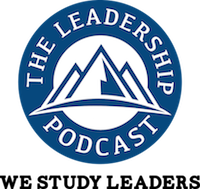
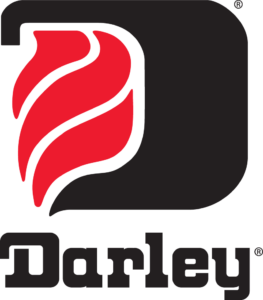

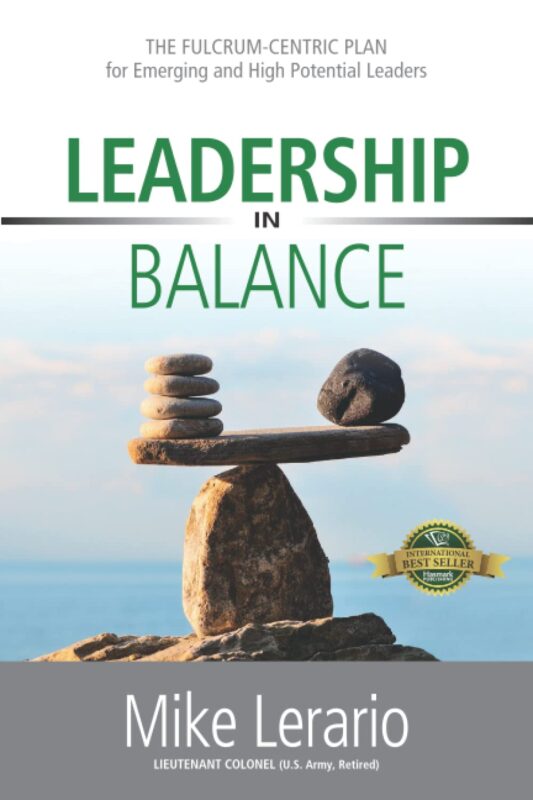

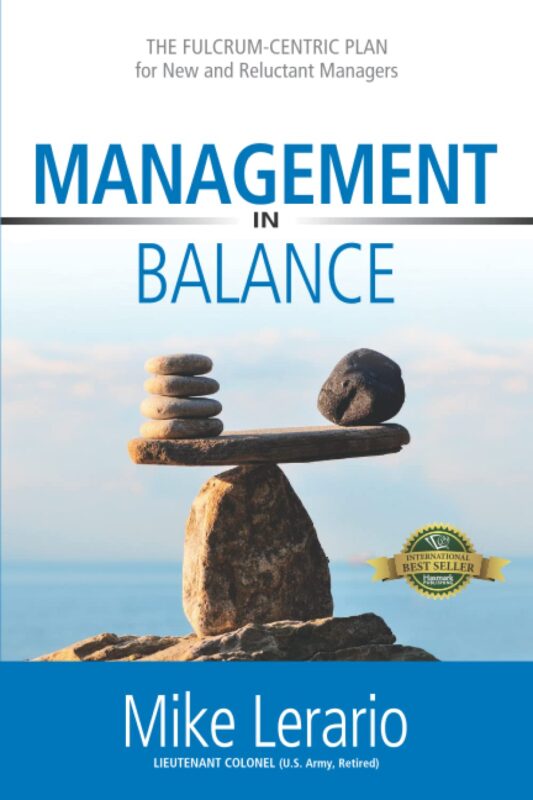
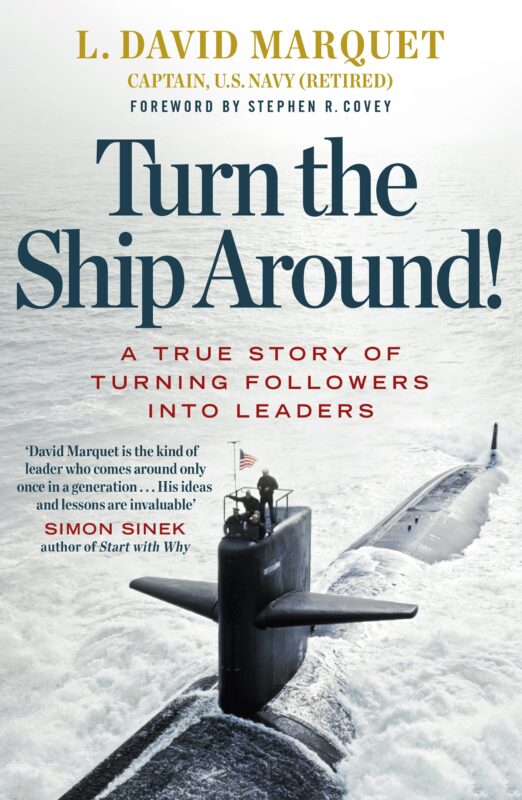



Recent Comments